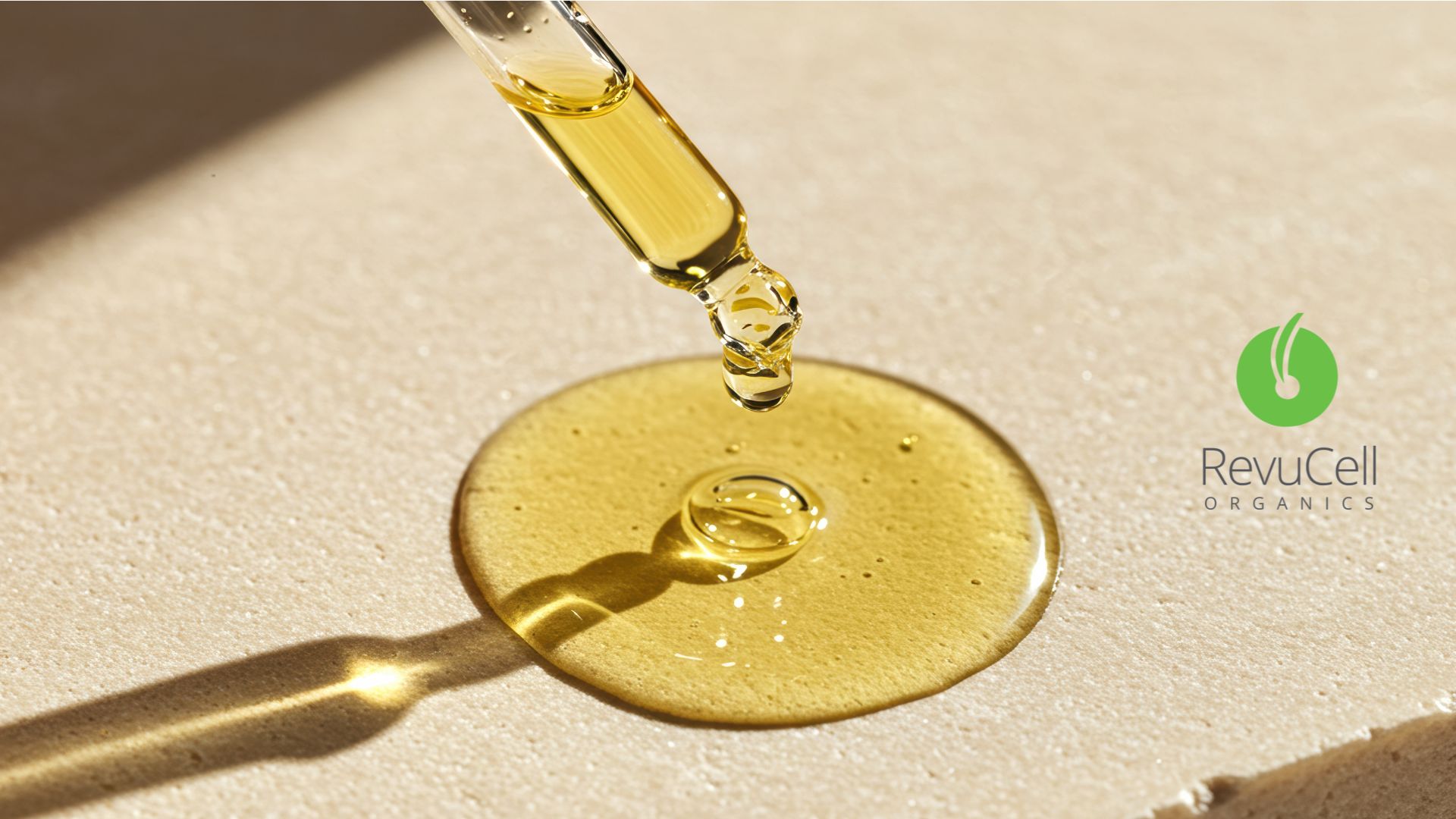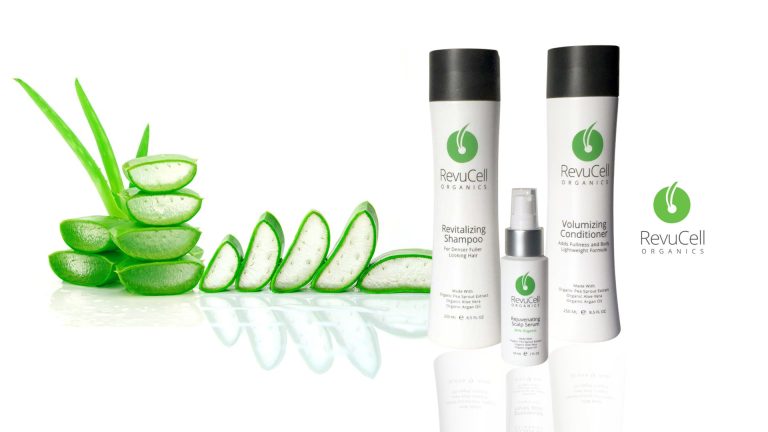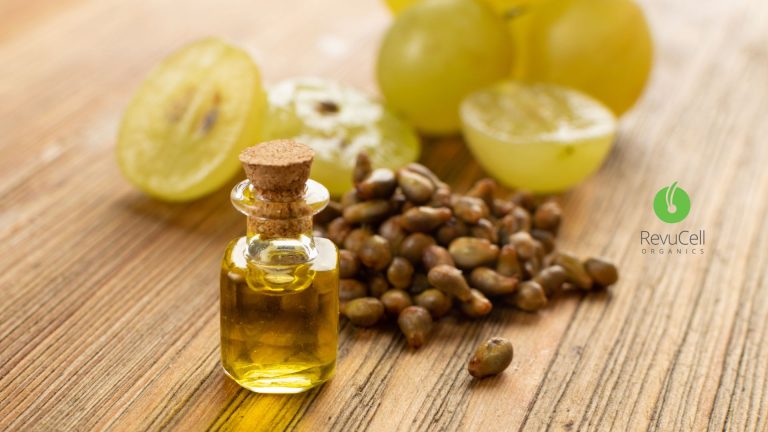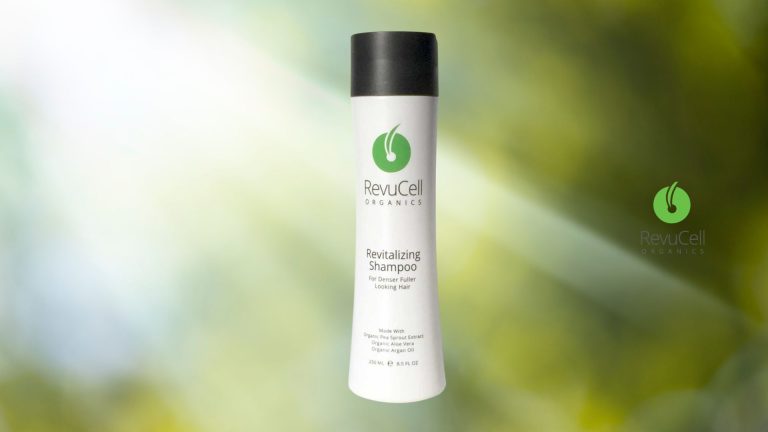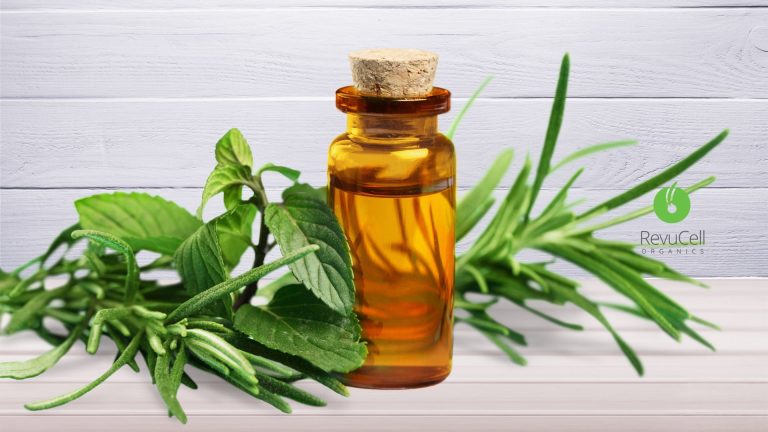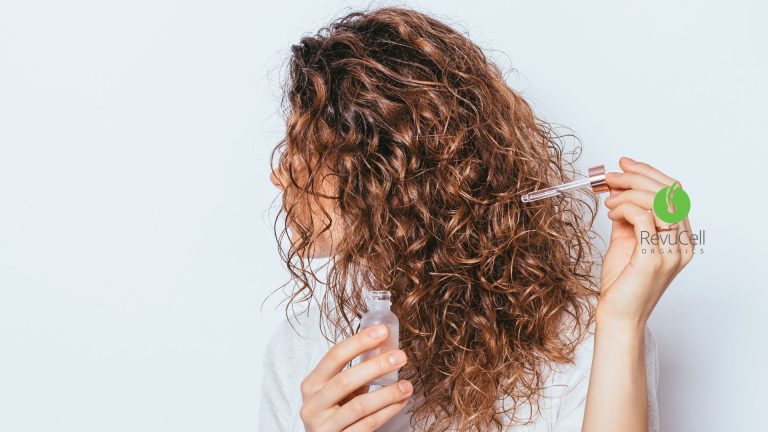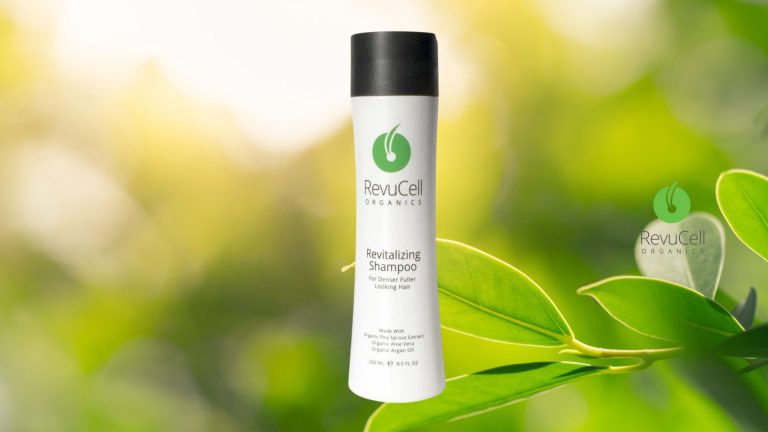Is Argan Oil Good for Low Porosity Hair?
For years, clients with low porosity hair have expressed a common frustration: “My hair feels dry, but everything I put on it just sits there!” If you’re reading this, you’ve likely faced the same battle with moisture resistance and product buildup. And you’ve probably wondered, amidst all the hype, is argan oil good for low porosity hair?
Let me give you the professional’s short answer right away: Yes, argan oil can be exceptional for low porosity hair, but only if you understand the science behind why and how to use it. Used incorrectly, it’s just another ingredient that will leave your hair feeling greasy and weighed down.
In this guide, we’ll move beyond the guesswork. Drawing from my cosmetology training and years of experience with textured and curly hair, I’ll explain the unique structure of low porosity hair, break down the molecular profile of argan oil, and provide a practical, step-by-step routine to finally achieve the hydration and shine your hair deserves.
Understanding the Low Porosity Hair Structure
To appreciate why argan oil is a strong candidate, we must first understand what makes low porosity hair so unique. Think of your hair’s surface—the cuticle—as a roof made of tightly overlapping shingles.
In low porosity hair, these cuticles lay very flat and tight against each other. This creates a smooth, resilient surface that is brilliant at retaining moisture but notoriously difficult for moisture and oils to penetrate.
You might recognize these tell-tale signs:
- Water beads up and rolls off your hair during washing.
- Products leave a greasy or sticky film rather than absorbing.
- It takes an exceptionally long time for your hair to air dry.
- You struggle with a lack of volume and quick product buildup.
The goal, therefore, is to find lightweight agents that can navigate this tight cuticle barrier without simply coating the strand.
The Science of Argan Oil: A Molecular Match?
The world of hair oils is diverse, and not all are suitable for low porosity hair. Heavy oils like pure castor oil or some coconut oil formulations have large fatty acid chains that act like a heavy blanket, sitting on top of the cuticle and causing buildup.
Argan oil, however, presents a different biochemical profile that makes it a compelling option. Here’s why:
- High in Linoleic Acid: Argan oil is rich in this lightweight, polyunsaturated omega-6 fatty acid. Oils high in linoleic acid are generally thinner and less dense, making them more receptive to absorption by tight cuticles.
- Packed with Vitamin E: This potent antioxidant doesn’t just protect hair from environmental stressors; it also contributes to a smooth, reflective cuticle surface, enhancing shine.
- Balanced Emollient Properties: Its molecular structure allows it to smooth and soften the hair shaft (emollience) without creating a heavy, impenetrable seal.
This unique composition is why, in my professional practice, I often recommend argan oil over heavier alternatives for clients struggling with moisture penetration.
Key Argan Oil Benefits for Low Porosity Hair
- Lightweight Moisturization: Delivers hydration without the weight of butters or heavy creams.
- Superior Shine and Frizz Control: By smoothing the cuticle layer, it reflects light beautifully and tames flyaways.
- Effective Moisture Sealing: When applied to damp hair, it helps lock in the water your hair has already absorbed.
- Strengthens Against Breakage: The nutrients can improve hair elasticity, helping to prevent snapage.
Busting the Myth: Does Argan Oil Cause Buildup?
This is the critical question, and the answer is nuanced. Any oil or product can cause buildup on low porosity hair if used improperly.
The risk with argan oil is significantly lower than with many other oils, but it is not zero. The path to a buildup-free experience rests on three pillars:
- Quality and Formulation: Pure, high-quality argan oil or products where it’s balanced with other penetrating ingredients are key.
- The “Less is More” Principle: A dime-sized amount is often sufficient for your entire head. Over-application is the fastest route to greasiness.
- Strategic Application: This is non-negotiable. Applying argan oil to soaking wet or damp hair is the golden rule for low porosity types, as it mixes with water to form a fine, sealing layer rather than a greasy barrier.
The Ideal Low Porosity Hair Routine with Argan Oil
After working with hundreds of clients, I’ve refined a simple, effective routine that leverages argan oil at every stage for cumulative benefits without overload.
Step 1: Clarify with a Gentle, Residue-Free Shampoo
The goal is to remove existing buildup without stripping the hair. Harsh sulfates can damage the cuticle, but a gentle, effective cleanser is non-negotiable for a clean slate.
Professional Tip: Use warm water to help gently lift the cuticles during washing. This prepares the hair to receive conditioner.
Product in Practice: I look for shampoos that cleanse deeply without a filmy residue. For instance, the Revucell Revitalizing Shampoo is formulated with this balance in mind, using argan oil to start the moisturizing process during the cleanse itself.
Step 2: Condition with a Lightweight, Hydrating Formula
This is your primary window for adding moisture. A heavy conditioner will simply coat the strand. You need a formula that provides hydration and slip without weight.
Professional Tip: After applying conditioner, use a wide-tooth comb to detangle. The combination of product and mechanical action helps ensure even distribution. Rinse with cool water to seal the cuticles back down.
Product in Practice: A conditioner like Revucell Volumizing Conditioner exemplifies this approach. It’s designed to condition without sacrificing volume, and the argan oil in the formula works to smooth the cuticle from within.
Step 3: Seal & Protect with a Leave-In Argan Oil Serum
This is the most crucial step for standalone argan oil application.
- After washing, gently squeeze excess water from your hair with a microfiber towel. Your hair should be damp, not dripping.
- Dispense a pea-to-dime-sized amount of a lightweight argan oil serum.
- Emulsify it between your palms and smooth it over your hair in a “praying hands” motion, concentrating on the mid-lengths and ends. Avoid the roots to maintain volume.
Product in Practice: A multi-tasking product like the Revucell Rejuvenating Hair & Scalp Serum is ideal here. Its leave-in, serum format is perfect for this sealing step, helping to lock in the moisture from your wash while providing manageability and antioxidant protection throughout the day.
Argan Oil for Low Porosity Hair: Pros & Cons at a Glance
| Pros | Cons |
|---|---|
| ✅ Lightweight and less likely to cause buildup than heavy oils | ❌ Can still cause buildup if over-applied |
| ✅ Rich in antioxidants (Vitamin E) for protection | ❌ High-quality, pure argan oil can be expensive |
| ✅ Adds shine and smooths the cuticle layer | ❌ Not a heavy-duty sealant for extremely dry climates |
| ✅ Can improve elasticity and reduce breakage | ❌ May not be sufficient as a solo moisturizer for some |
Frequently Asked Questions (FAQ)
1. Can I use 100% pure argan oil on my low porosity hair?
Yes, you can. However, I often find that a well-formulated serum, where argan oil is balanced with other hydrating and penetrating agents, can be more effective for daily use. These blends are often engineered for optimal absorption on low porosity hair.
2. Should I apply argan oil on wet or dry hair?
Always apply to damp hair for low porosity types. This allows the oil to seal in the hydration from your wash. Applying to dry hair is more likely to sit on the surface and feel greasy.
3. How often should I clarify low porosity hair?
This depends on your product usage, but a good starting point is a dedicated clarifying shampoo every 3-4 weeks. Listen to your hair—if it starts to feel limp, heavy, or products stop working, it’s likely time for a reset.
4. Does argan oil help with hair growth?
Argan oil does not directly stimulate new growth from the follicle. However, its real power lies in its ability to reduce breakage. By strengthening the hair shaft, improving elasticity, and maintaining scalp health, it helps you retain the length you grow, leading to visibly longer, healthier hair over time.
Conclusion: Embrace Argan Oil with Confidence
So, is argan oil good for low porosity hair? The evidence, both scientific and anecdotal from my practice, points to a resounding yes. Its lightweight, nutrient-dense nature makes it a standout choice for navigating the tight cuticles of low porosity hair. The key is a disciplined approach centered on gentle cleansing, strategic conditioning, and precise sealing.
If you’re ready to experience the transformative power of a system designed for your hair’s needs, I invite you to explore the Revucell hair care system. Their approach to integrating argan oil into a gentle shampoo, weightless conditioner, and multitasking serum provides a harmonious routine that cleanses, hydrates, and protects without compromise.
Your journey to resilient, shiny, and finally-hydrated hair is well within reach.

